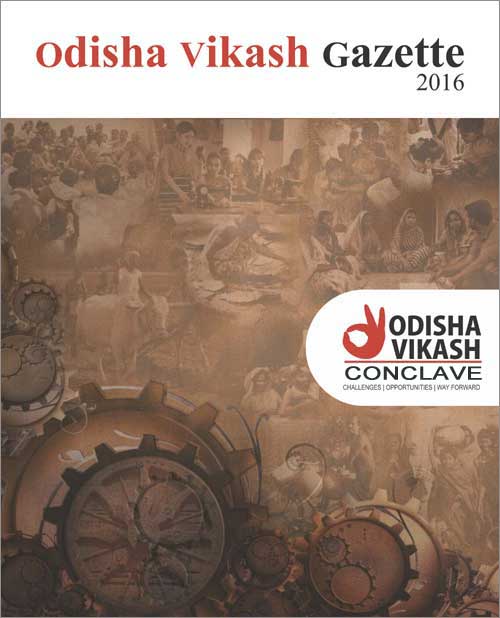Food & Nutrition Security
Venue: OUAT, Biju Patnaik Hall – Siripur
In the last decade, Odisha has initiated several measures to address the issue of food insecurity and malnutrition. Introduction of one-rupee subsidized rice, universal PDS in the KBK region, distribution of social security pension, provision of eggs to children and women through ICDS, and conditional maternity cash transfer of Rupees 5000 to pregnant women under MAMATA, are amongst some of the pioneering efforts of the government to combat malnutrition.
Still, a substantial proportion of Odisha’s population, particularly those living in the tribal and south western districts, continue to suffer from abject poverty and malnourishment. Odisha still lags behind on many key fronts. The prevalence of stunting and wasting among the under-5 children is 34.1% and 20.4%, respectively (NFHS-4). Similarly 34.4% children in Odisha are underweight. 51% of women and 44.6% children are anaemic and chronically energy-deficient. Both the IMR and the MMR are still higher than the national average.
Sustainable Development Goal II mandates to end hunger and ensure access by all people, in particular the poor and vulnerable, including infants to food security and improved nutrition and promote sustainable agriculture and safe, nutritious and sufficient round-the-year food by 2030.
Further, nutrition security is a multi-dimensional issue, and is closely related to, but not synonymous with food security. Nutrition security results from a balanced combination of household food security, health care access, and access to other basic human needs including adequate sanitation. Key issues in nutrition are wasting, stunting and anaemia in children. 56 % deaths of children below age 5 occur in the first four weeks after their birth.In Odisha, the average calorie consumption per capita per day has increased from 2,023 Kcal in 2004-05 to 2,116 in 2011-12. However, the average protein intake in Odisha is lower than the national average. Access to nutritious food is thus contingent on the fact that climate-smart and nutrition sensitive agriculture and naturally- enriched crops be promoted to address protein hunger and increase dietary diversity.
Discussion Points:
- Articulation of a road map for addressing the food and nutrition security to achieve the Sustainable Development Goals?
- What nutrition specific/ sensitive interventions could be taken up to address the issue of malnutrition in the State?
- What kind of measures could be taken up to build an enabling environment in the State to address the issue of malnutrition?
- How to address equity issues in nutrition in the State?
- What kind of innovations and what kind of technology be thought of to enhance nutrition security in the state?
- How to take the nutrition debate and discourse to the community level; mainly though community institutions including the PRIs?
- Arriving at an agreed agenda among the Government, CSOs, corporate houses, research institutions and donor communities on the food and nutrition challenges in the State;
- Establishment of an independent institutional mechanism for ensuring cross-sectoral convergence, coordination, supervision and follow up;
- Building multi-stakeholder platforms to fight malnutrition and food insecurity together.


